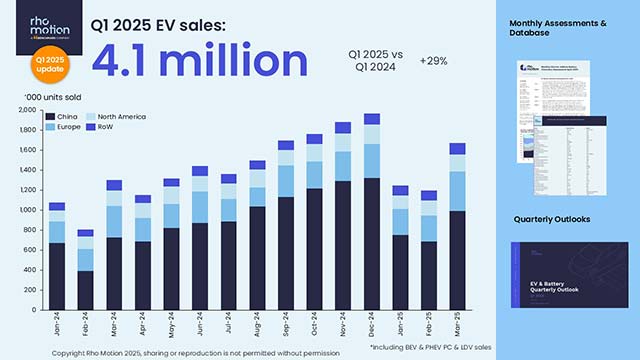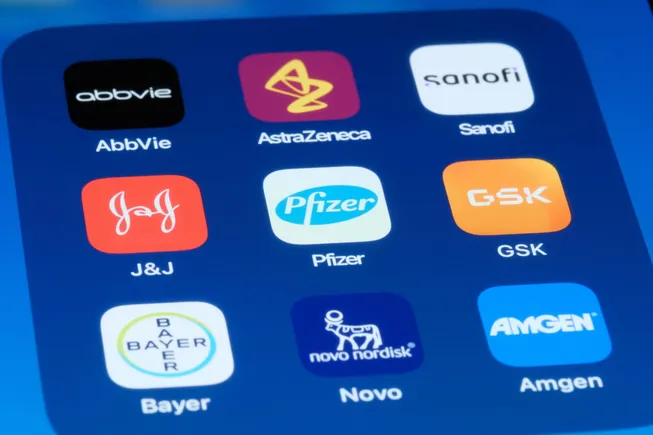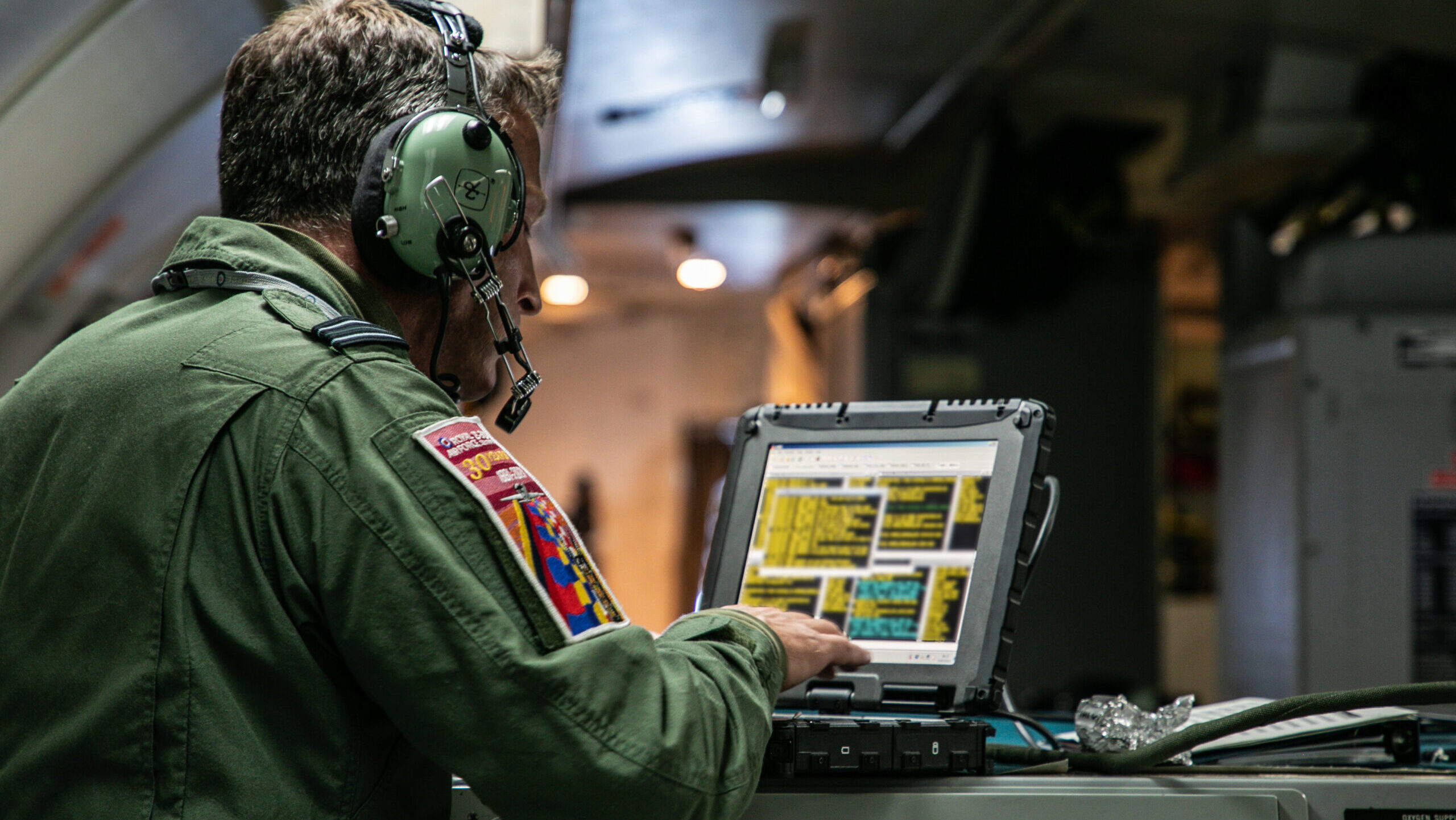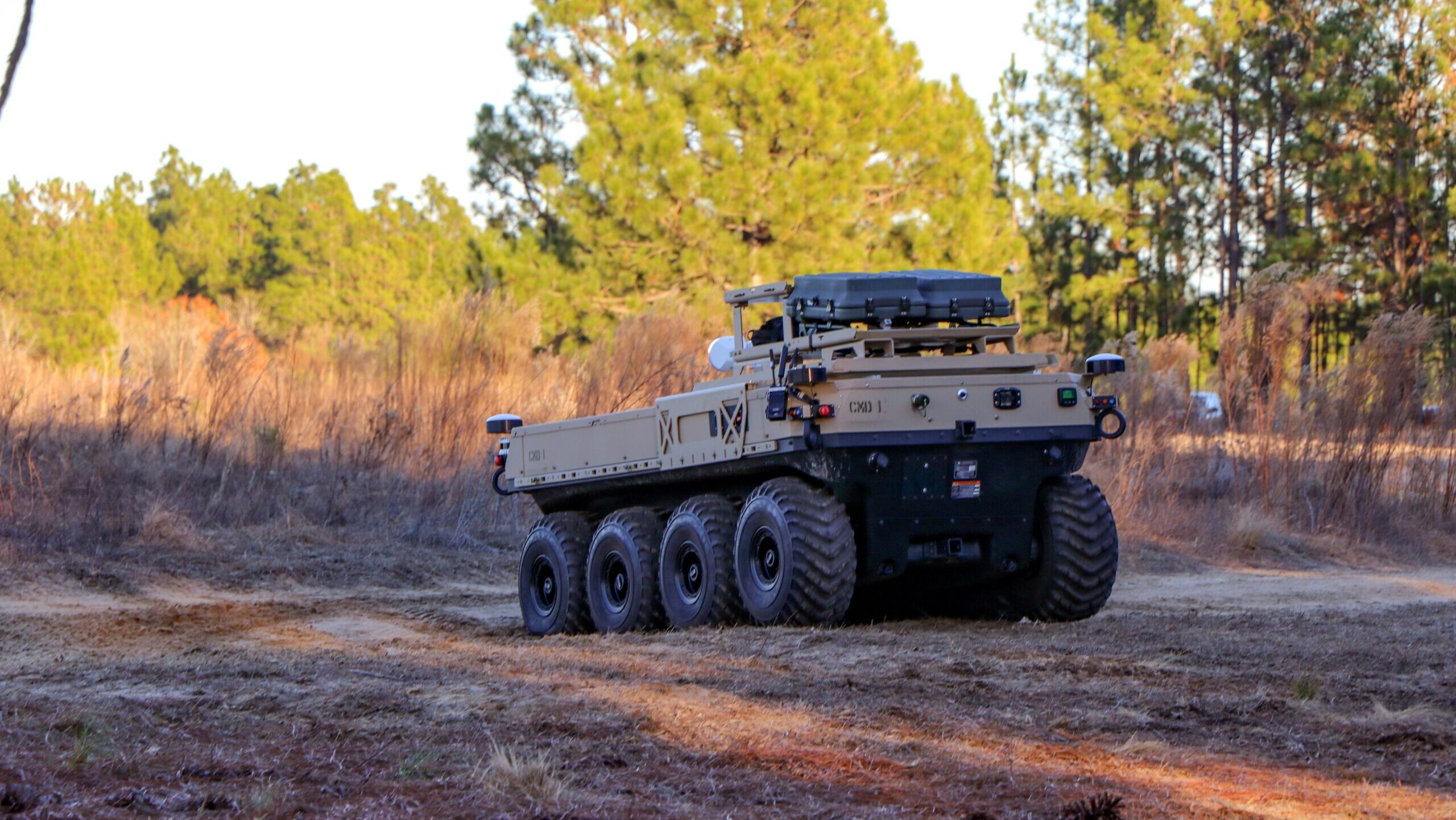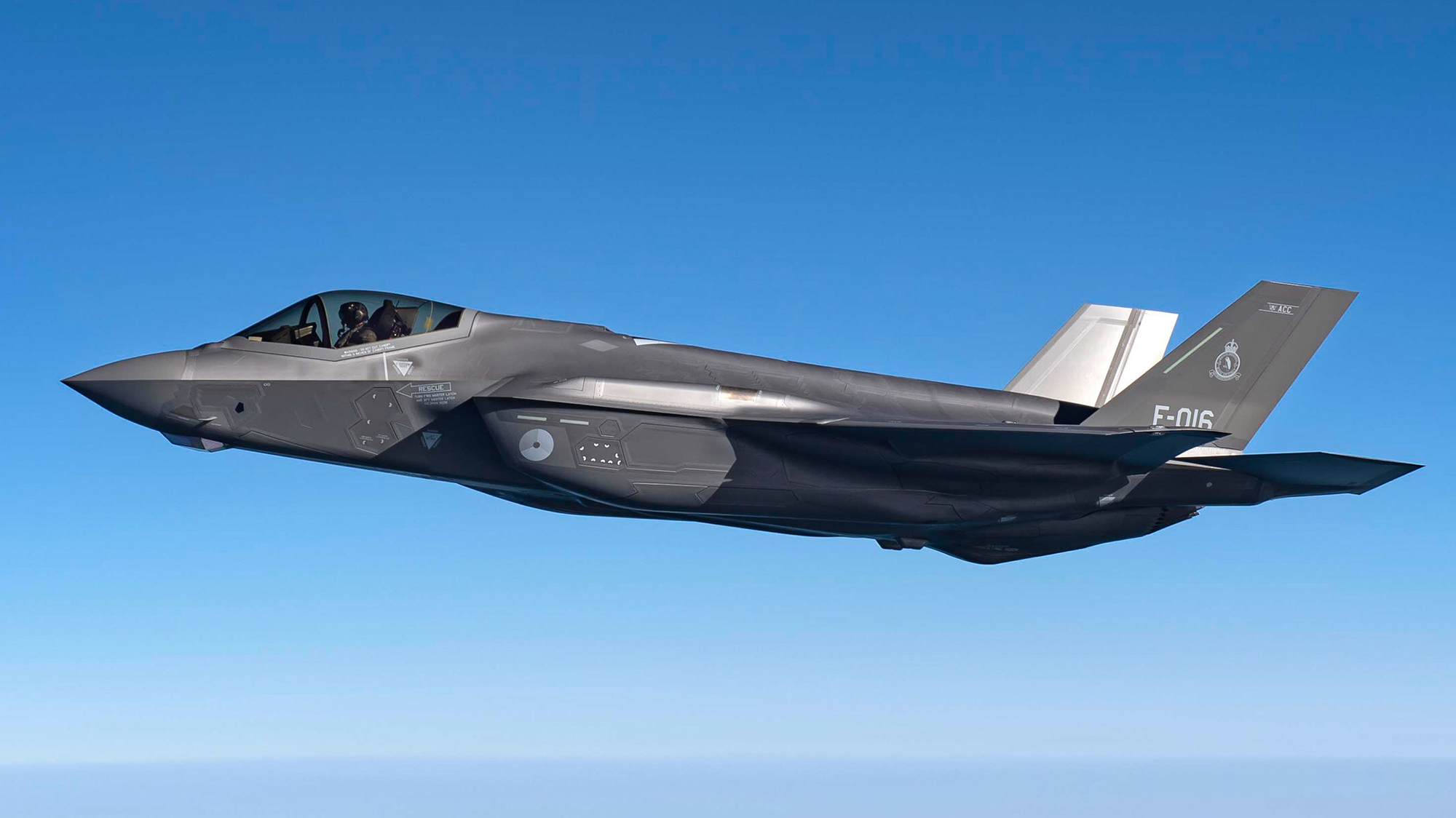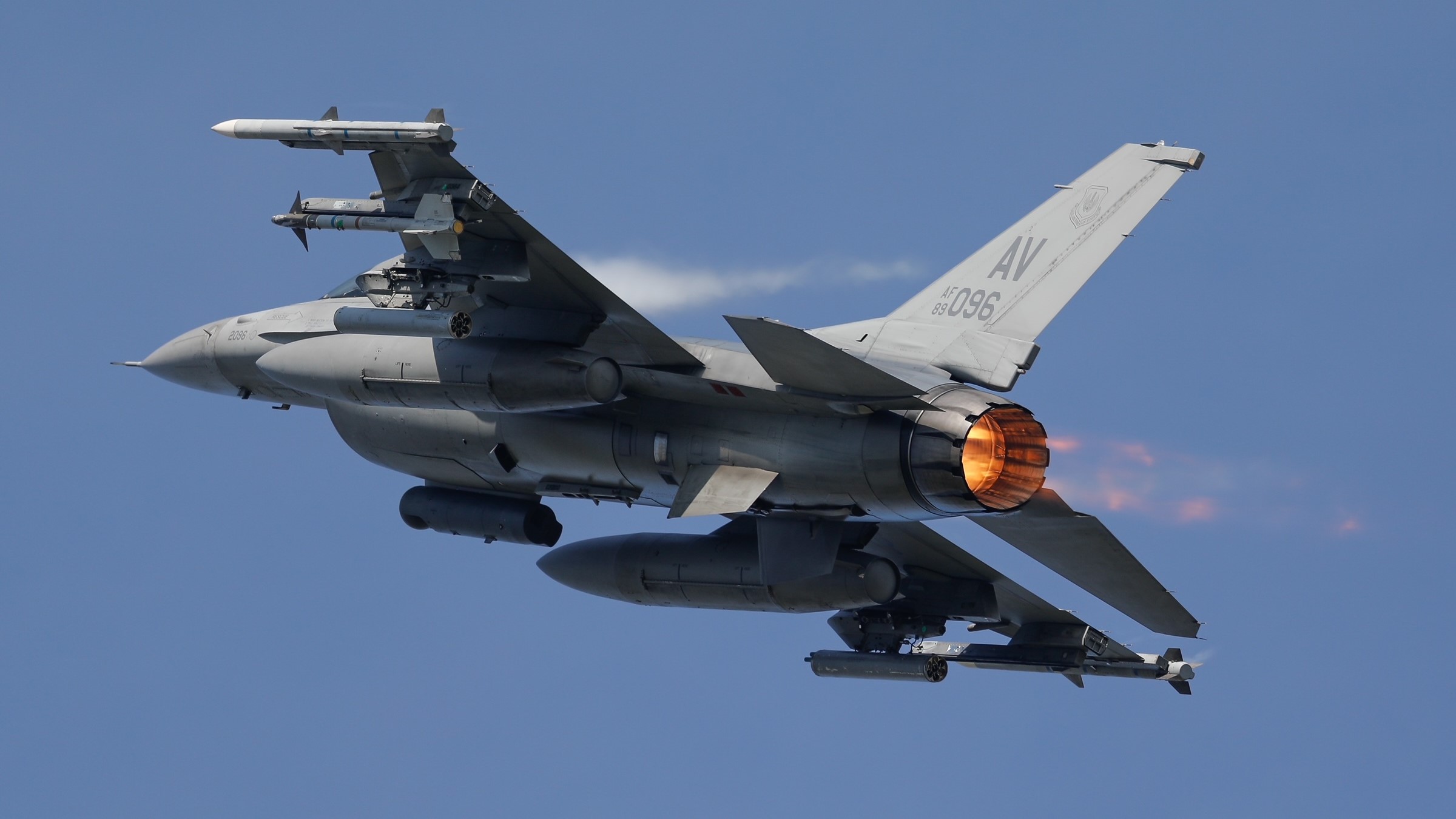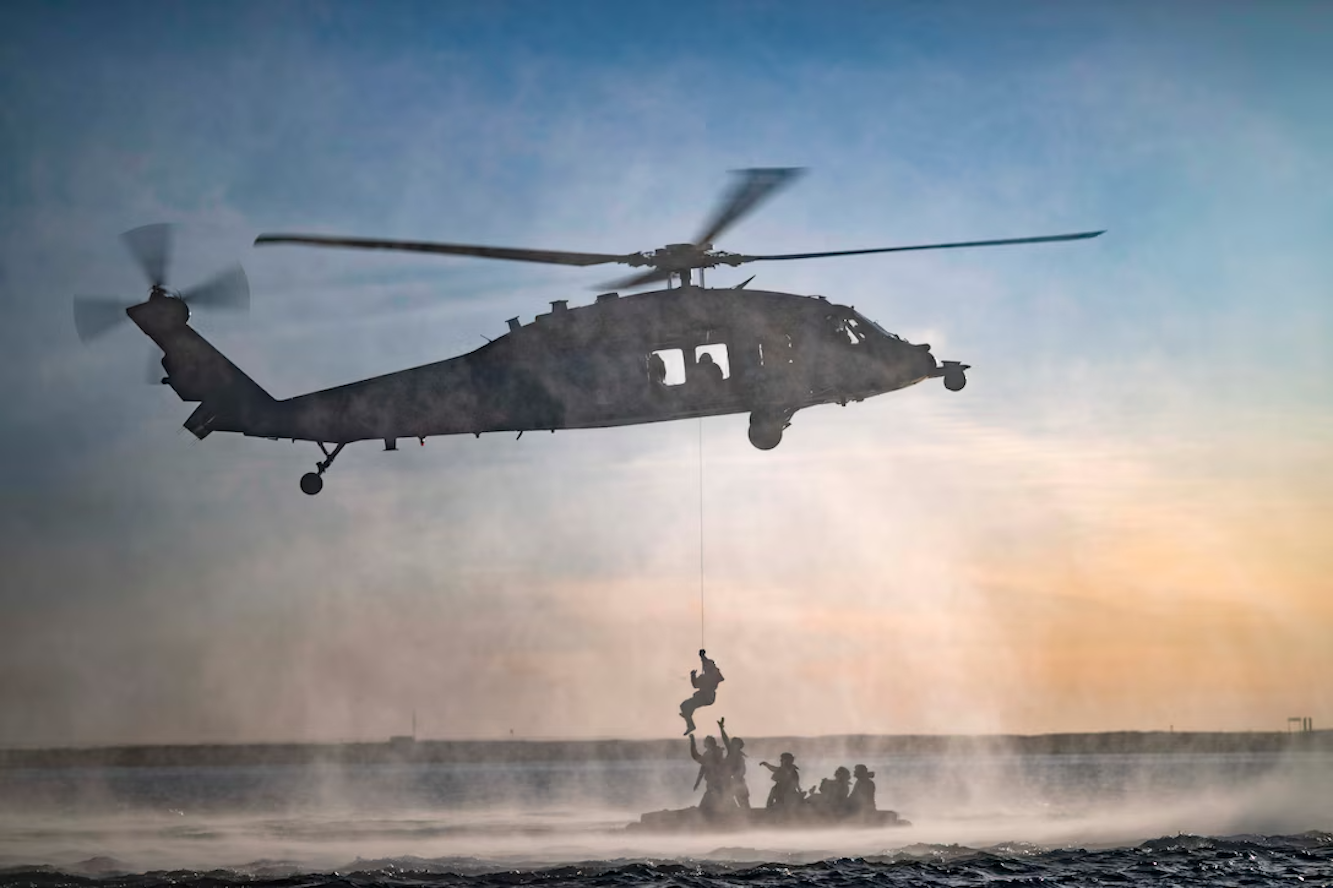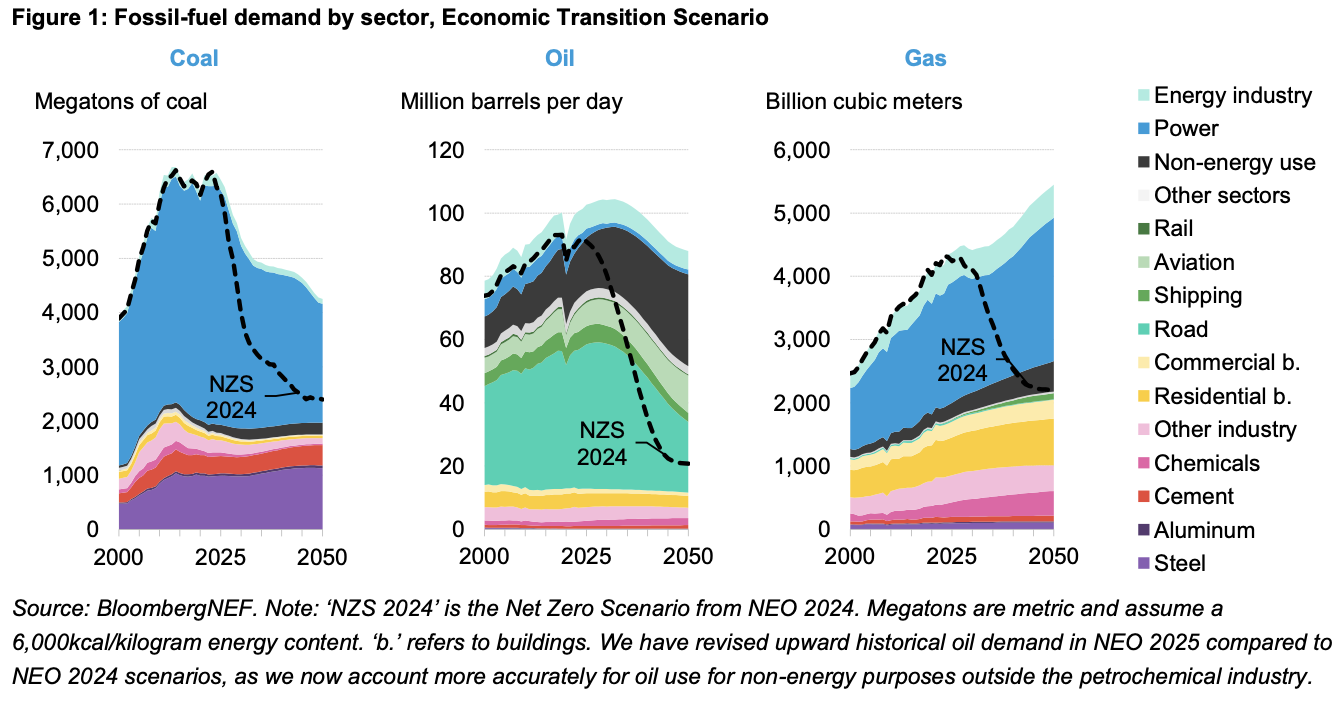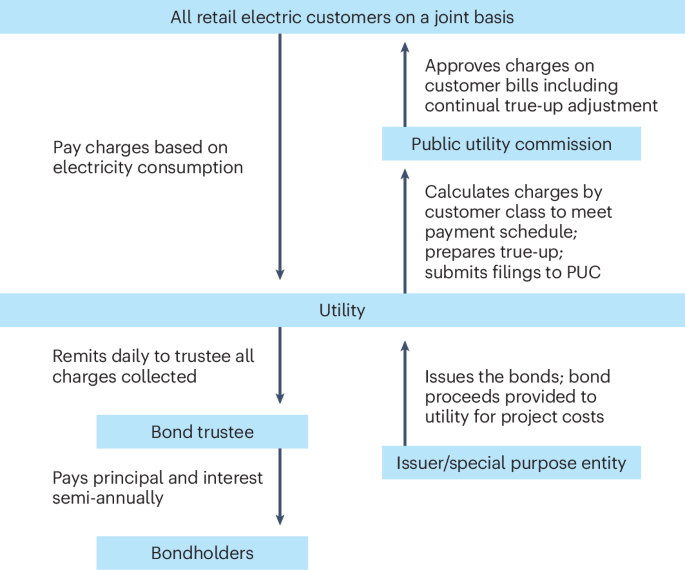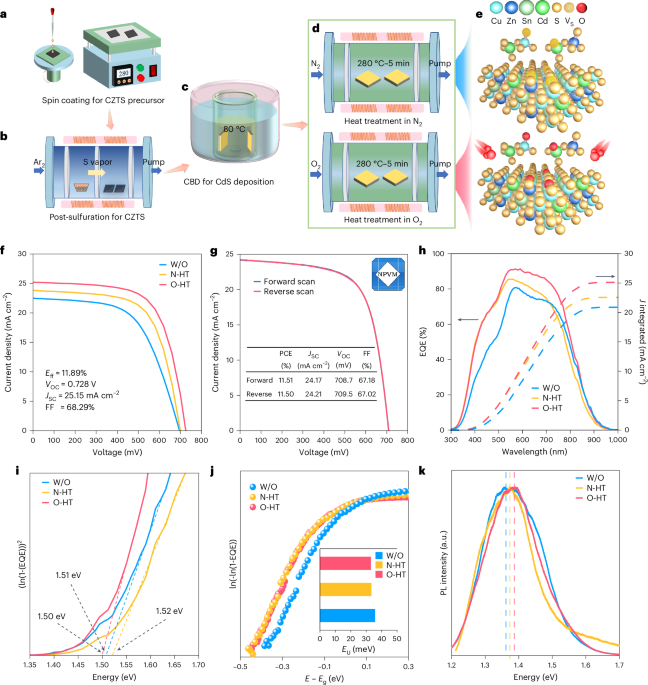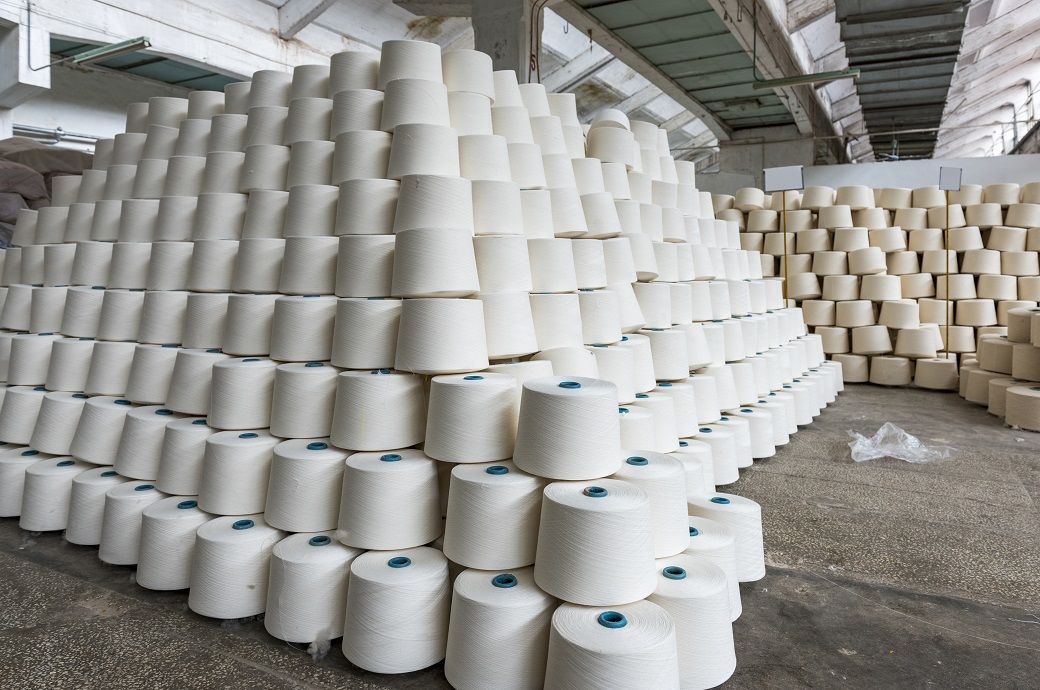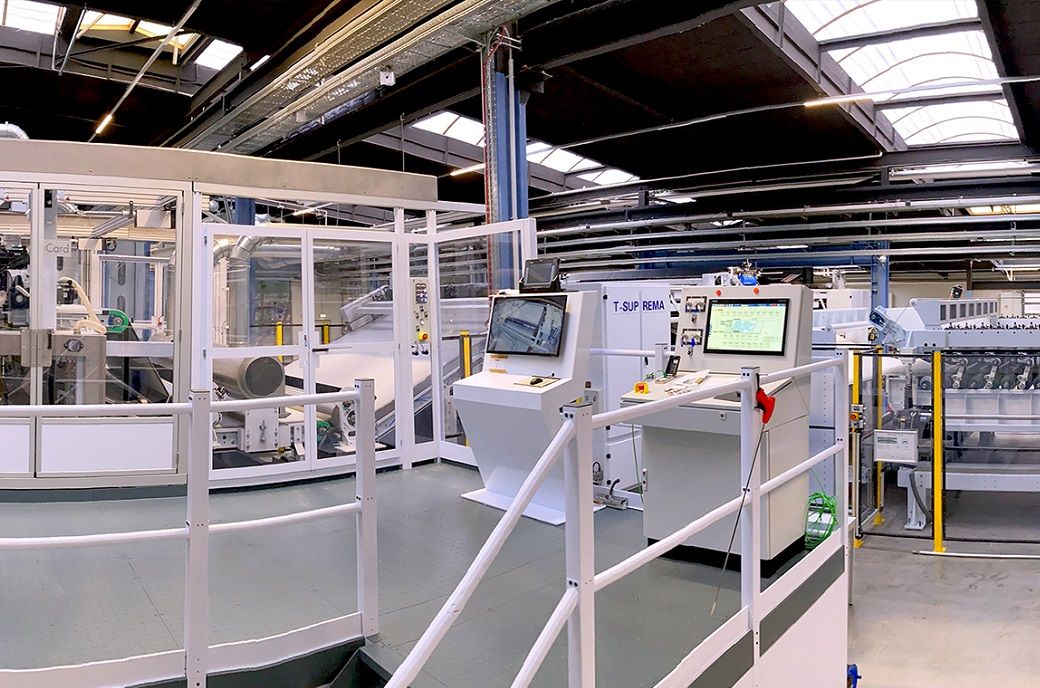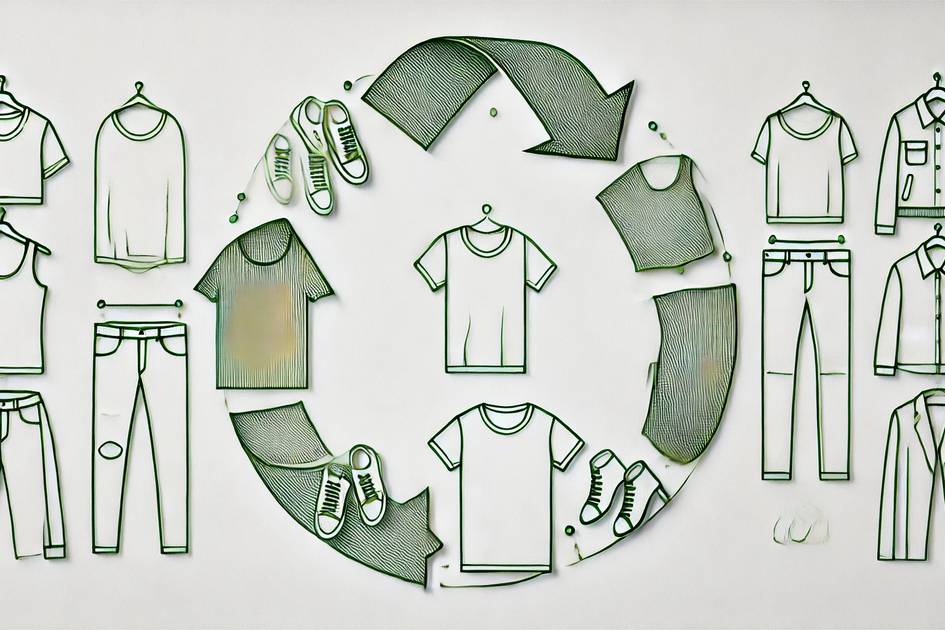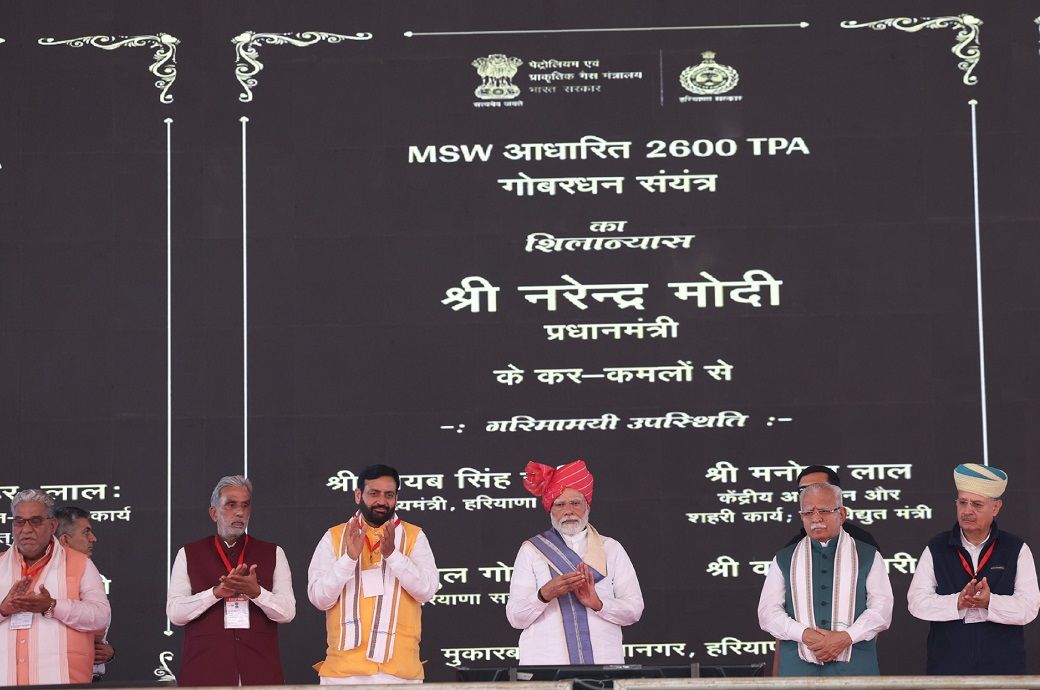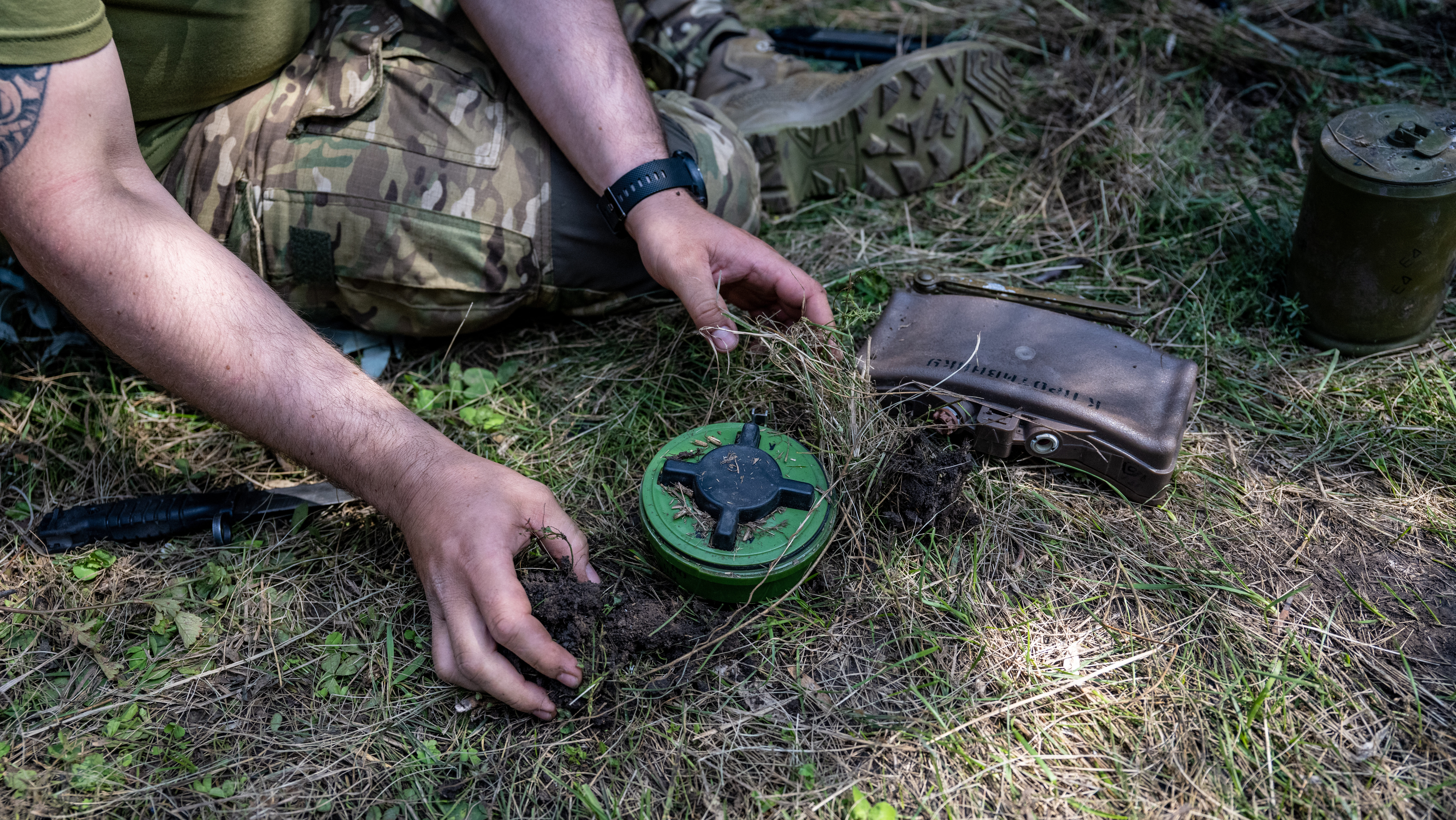Microsoft announces plan to slide $22 billion IVAS contract over to Anduril
While the government still needs to bless the deal, if approved, the tech startup would oversee the entire mixed-reality program including the development and production of the current hardware and software.
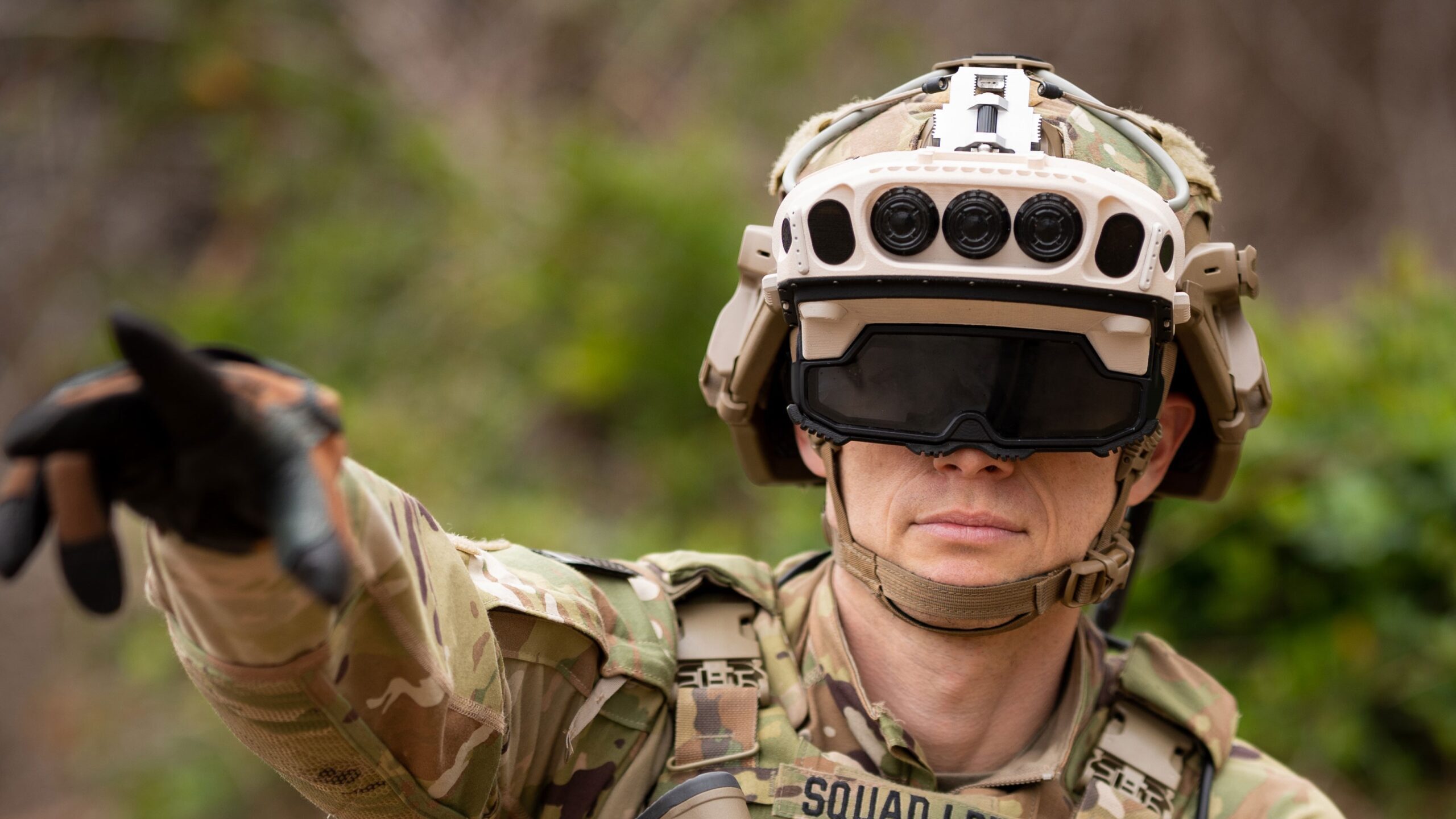

The Army received the new IVAS 1.2 prototype for a series of tests. (US Army)
WASHINGTON — Microsoft is seeking to transfer its entire IVAS contract over to Anduril, in a stunning twist to the long-running saga to deliver mixed-reality goggles to troops.
The move — which would see Anduril assume oversight of the entire program, including development of the current hardware and software, hiring decisions on staff and takeover of production — comes as the Army is considering launching a follow-on IVAS competition given the years-long delays on getting the system operational.
The service has not blessed that newly unfurled “contact novation” and did not respond to questions from Breaking Defense about the program or the proposed shift. However, executives from both companies expressed confidence the Army will back the move.
“We’ve been working together for quite some time now… [and] we are signing a strategic partnership that will take IVAS into the future,” Robin Seiler, Microsoft’s corporate vice president for mixed reality, told reporters ahead of today’s official announcement.
Seiler added that Microsoft Azure would be the preferred hyperscale cloud for IVAS.
The bid to slide current contact work on the 10-year, $22 billion contact comes at a critical juncture for the program. Despite years of program challenges and a heads-up display redesign that is still being tested, Army leaders have not officially said if they will cancel IVAS work under the original contract or do a limited production run. However, they are gearing up for a new competition and even meeting with companies today to answer questions about an IVAS Next competition and possible requirements.
Anduril founder Palmer Luckey, who made his tech breakthrough with the commercial Oculus VR headset, has been teasing development of a new mixed-reality device with military applications. In September 2024, the tech startup announced its steps toward assuming the IVAS contract with a Microsoft partnership for the integration of new sensors and the Lattice platform into the device.
So, with IVAS Next in the wings and their positioning as a likely competitor, why would Anduril want to take over the troubled program now?
By taking over management of the current contract just ahead of findings of a make-or-break operational assessment, Luckey’s team could be asked to produce a limited number of the latest IVAS devices designed by Microsoft, or left with a canceled deal. At the same time, though, his team would have additional time working with Army leaders on the program, and access to a mix of production and research and development funding, Luckey confirmed.
One industry source who has been anticipating today’s announcement previously said it’s that access to government funding that will give Aundril an advantage over other IVAS Next competitors.
“They should invest their own capital to architect and develop IVAS technology which the Army can acquire and field affordably,” the industry source said. “If they use the contract as a vehicle to capture Army subsidies, they will be re-running the problematic defense prime playbook we have seen for decades.”
When asked about the perception of such an unfair advantage, Luckey said that is just the reality of being the incumbent and there was always going to be a company in that position.
“The people who are already doing it will definitely have an advantage over people who are coming in and starting from scratch,” he added. “Anduril is no stranger to fighting incumbency. I think that if people have better things, they’re gonna be able to come in.”
Long Road To ‘Next’
The first Trump administration started the IVAS effort based around Microsoft’s commercially available HoloLens 2 heads-up display, with the goal of providing soldiers with a single device they could use both in combat (including under the cover of darkness) and for virtual training.
That work eventually led to a 10-year production contract valued up to $22 billion. However, shortly after the 2021 award, a host of problems publicly emerged including soldiers complaining of discomfort, dizziness, nausea, and system reliability.
Although Army leaders publicly stood behind the program at first, they began tempering expectations and even split the program up into three initial versions — the 1.0, 1.1 and 1.2 iterations of the goggles. (The service has acquired 5,000 1.0 units, with plans to possibly acquire an additional 5,000 1.1 units for limited use.)
Version 1.2 was billed as the key make-or-break upgrade — an iteration to correct past problems, in part, by transitioning the device from a helmet-like display with a 70-degree field-of-view, to a hinged, flat design with a 60-degree field-of-view that soldiers can flip up.
The service hasn’t released details of initial testing with that new redesign, and a recent Director of Test and Evaluation report on fiscal 2024 activities said the service is now expected to detail findings of an operational assessment of IVAS 1.2 in the April through June timeframe. That testing is designed to help Army leaders decide if they want to skip production, do a limited run or dive into a larger bulk purchase.
Based on that decision, Luckey said Anduril would be ready to move out, and any large-scale buy of IVAS 1.2 or Next could eventually be produced at the company’s future Arsenal-1 facility in Columbus, Ohio.
But while the Army continues preparations for that key test, it conducted other assessments that will factor into the path ahead. For instance, members from the 75th Ranger Regiment were tasked with running IVAS 1.2 through the ringer alongside dedicated night vision systems like the Enhanced Night Vision Goggle-Binocular (ENVG-B) and another system dubbed PVS-14, one service official told Breaking Defense last year.
While companies wait for additional information on Army IVAS Next plans, Luckey said he anticipates the service buying a variety of heads-up displays, from different vendors that are tied together via a common architecture and common application layer. That hardware design, he surmised, will vary depending on the soldier’s job.
“I think you’re going to see things ranging from glasses that look a lot like the Oakley’s you wear everyday, all the way up to things that look like an Iron Man helmet,” he told reporters. “Anduril is going to make some [slice] of those things but… pretty much everybody that’s working on IVAS Next [are companies] that I’m interested in working with.”
Not all companies preparing to compete in IVAS Next have publicly announced plans. However, Massachusetts-based Kopin has also said it’s interested in competing, while companies like Palantir have been attending industry days.
































